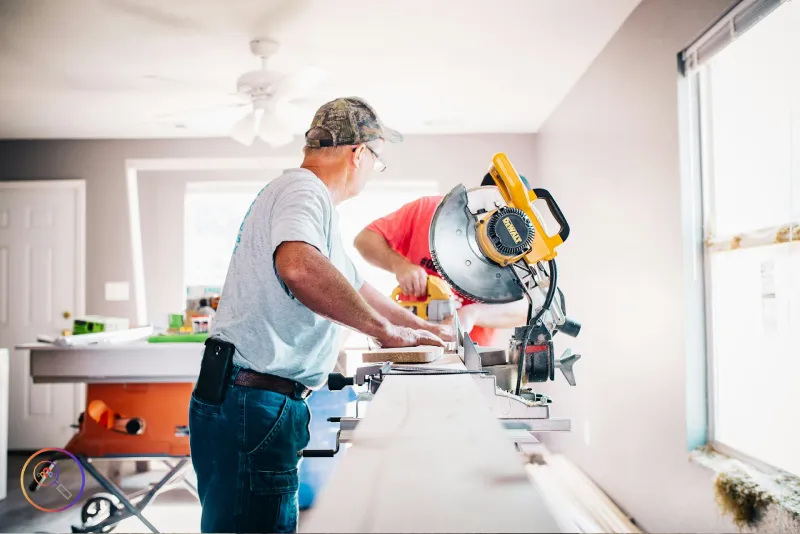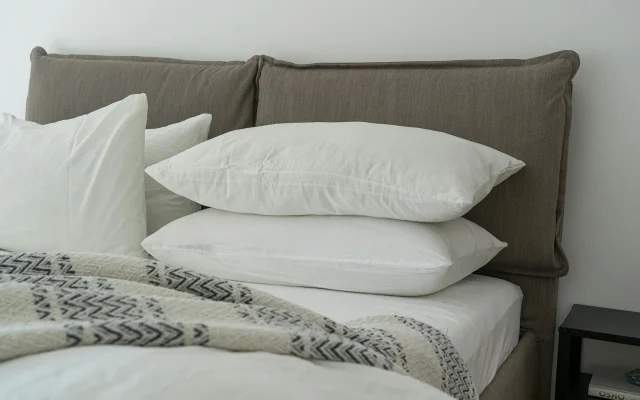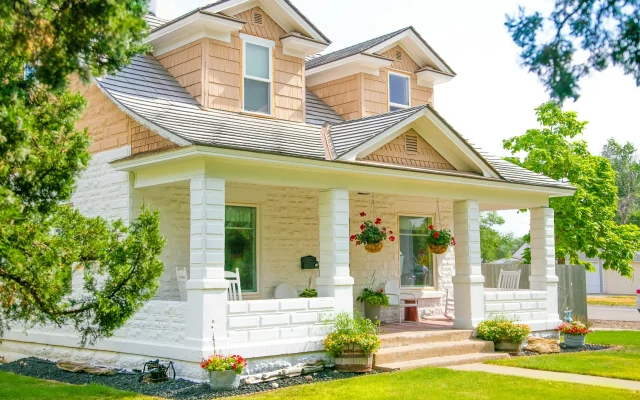The charm of an old home lies in its character—weathered woodwork, intricate details, and stories hidden in every corner. However, time can take its toll. Faded paint, outdated layouts, and worn-out materials can make even the most historic home feel tired.
In a city like Pittsburgh, where many neighborhoods are filled with century-old houses rich in history, transforming such spaces into vibrant, functional, and aesthetically pleasing dwellings requires a combination of vision, skill, and dedication.
This transformation is not just about giving a home a facelift—it’s about honoring its history while adapting it to modern living. With the right approach, an aging property can evolve into a space that feels fresh yet rooted in its heritage.
Professional Expertise: The Cornerstone of Successful Renovation
Breathing new life into an older property often involves more than fresh paint or trendy fixtures. Structural integrity, electrical safety, plumbing efficiency, and architectural harmony all need careful consideration. This is where the expertise of seasoned professionals becomes invaluable.
Collaborating with an experienced Pittsburgh remodeling company ensures that the renovation process balances preservation and innovation. Such professionals understand the nuances of working with older materials, navigating building codes, and integrating modern amenities without compromising a home’s original charm.
Because the area is prone to seasonal temperature swings and varying humidity levels, their expertise also helps ensure that structural adjustments, material choices, and finishing details are built to withstand local climate challenges. Their guidance can mean the difference between a renovation that simply looks new and one that truly revitalizes the entire living experience.
Respecting the Original Architecture
Old homes often come with distinctive architectural features—ornate moldings, original hardwood floors, handcrafted staircases—that give them a unique personality. Preserving these elements while upgrading other aspects creates a seamless blend of old and new. Stripping away historical details in the name of modernization can strip the home of its soul.
Instead, careful restoration can enhance these features, allowing them to shine alongside contemporary improvements. Whether it’s restoring a century-old banister or refurbishing original window frames, these touches serve as a bridge between the past and the present.
Modern Comforts in Historic Spaces
Comfort is a priority in any living space, and old homes are no exception. Updating heating and cooling systems, improving insulation, and incorporating energy-efficient windows can significantly enhance comfort without disrupting the home’s character. Advances in technology now make it possible to integrate smart thermostats, discreet lighting controls, and modern appliances in ways that respect the original aesthetic. Kitchens and bathrooms, often the most used and functional spaces, benefit greatly from such updates.
The Role of Quality Materials
When upgrading an older property, the choice of materials is critical. Poor-quality or mismatched materials can create jarring contrasts and lead to premature wear. Opting for high-quality, durable options ensures longevity and visual cohesion.
For instance, reclaimed wood flooring can match the patina of existing boards, and lime-based plasters can blend with original walls. Using authentic materials not only improves aesthetics but also helps maintain the structural and historical integrity of the building.
Lighting: Illuminating the Old and the New
Lighting plays a transformative role in blending old-world charm with modern design. Older homes often have fewer windows or smaller openings, resulting in dim interiors. Adding skylights, enlarging windows where structurally possible, or strategically placing mirrors can amplify natural light.
Modern light fixtures, when chosen carefully, can complement historic interiors without overpowering them. Warm-toned LED lighting can mimic the glow of traditional incandescent bulbs while offering greater energy efficiency. Layered lighting—combining ambient, task, and accent lights—can highlight architectural details while providing functional illumination.
Color and Texture Harmony
Colors and textures are powerful tools in the renovation process. The goal is to create harmony between the home’s original features and new additions. Neutral palettes often work well, serving as a backdrop for both old woodwork and modern furniture.
Texture, meanwhile, adds depth—combining smooth contemporary finishes with rustic surfaces can produce a balanced, visually interesting environment. Painted ceilings, textured walls, or patterned tiles can inject personality without clashing with the home’s architectural language.
Space Optimization Without Compromise
Old homes were often built with compartmentalized layouts, reflecting the living patterns of their time. Today’s preference for open, airy spaces can be achieved without demolishing the home’s historical essence. Selective wall removal, archway expansions, or the creation of visual connections between rooms can provide openness while preserving structural and design integrity.
Sustainability and Energy Efficiency
Incorporating sustainable practices into an old home renovation benefits both the environment and the homeowner’s long-term costs. Energy-efficient upgrades like improved insulation, solar panels, or water-saving fixtures reduce utility bills while minimizing environmental impact. Reusing existing materials where possible also reduces waste.
Blending Indoor and Outdoor Living
For many older properties, outdoor spaces are an underutilized asset. Enhancing porches, patios, and gardens can extend the living area and improve overall functionality. Using period-appropriate landscaping elements—such as wrought iron railings, brick pathways, or vintage-inspired lighting—helps maintain architectural coherence.
Attention to Detail: The Finishing Touches
Details are the defining features of any renovation, especially in older homes. Hardware choices, trim profiles, door styles, and even switch plates can either harmonize with or disrupt the overall design. Selecting finishes that complement both the old and the new ensures a cohesive look. Antique brass handles, vintage-style light switches, or reproduction moldings can tie the past to the present, creating a sense of continuity throughout the home.
The Emotional Impact of Transformation
Beyond the physical improvements, renovating an old home carries an emotional significance. It’s about reclaiming beauty, restoring dignity, and crafting a space that reflects the homeowner’s personality while honoring the building’s history. The process often uncovers hidden surprises—ornate tiles beneath worn carpets, original brickwork behind plaster—that deepen the connection between the homeowner and their property.
Bringing It All Together
A successful transformation of an old home hinges on balance—between old and new, preservation and innovation, practicality and artistry. It requires a clear vision, meticulous planning, and a respect for the property’s original character. Every decision, from the choice of materials to the placement of lighting, contributes to a unified result that feels authentic and timeless. An old home, once neglected or outdated, can emerge as a revitalized space that marries history with modern living.
Frequently Asked Questions (FAQs)
Many century-old homes have faded paint, outdated layouts, and worn materials, making updates necessary to keep them functional and comfortable.
Professionals ensure safety, preserve architectural integrity, and balance modern updates with historical charm while meeting building codes.
By carefully restoring features like woodwork, staircases, and moldings instead of removing them, the home retains its historic character.
Upgraded HVAC systems, better insulation, smart thermostats, and energy-efficient windows can enhance comfort while blending with the home’s style.
Using high-quality and authentic materials ensures longevity, visual harmony, and preservation of the property’s historical integrity.
Adding skylights, enlarging windows, and using layered lighting with warm LEDs brighten interiors and highlight architectural details.
Yes, selective wall removal, expanded archways, and visual room connections can create open spaces while preserving historical design.
Energy-efficient insulation, solar panels, water-saving fixtures, and reusing materials can reduce costs and environmental impact.
Renovations restore beauty, uncover hidden details, and strengthen the homeowner’s connection to the property’s history.







